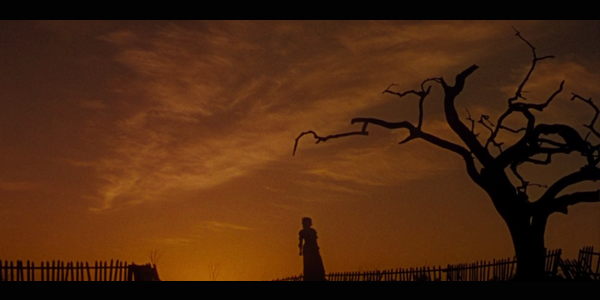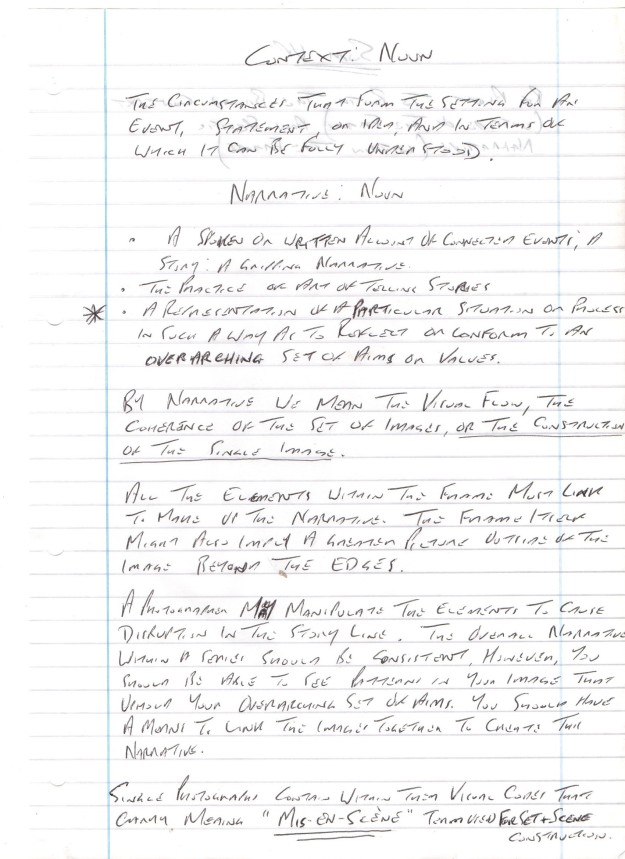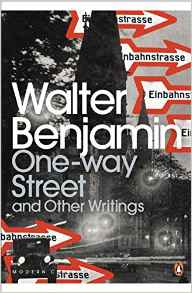
As part of my preparation for my final assignment, I decided to read the works of Franz Kafka in order to try and find some visual ideas for an image that was rich in metaphor.
Much of Kafka’s work was never published in his lifetime and thanks to his friend who saved his work from destruction against Kafka’s dying wishes we are able to read these stories today.
The Trial
Joseph K is a Senior Bank-Clark who one day awakens to find two men in his room to arrest him. He does not discover for what crime he is accused of; but that his crime is serious and his guilt is assumed. However, he is freed and informed that his case is under investigation and that he can continue to go about his normal business but he must present himself when required and he must build a defense. Throughout the book we never discover what the crime he is accused of is, nor who accuses him or why. He discovers that the Courts are all hidden in attics and all the Court personnel are only identified by a gold button sown to their jackets.
The whole story implies a form of neurosis of the mind. Is K really a victim of a secret Justice system or is he having some-kind of nervous-breakdown? This story is full of metaphors. I believe Leni to represent K’s idea of Justice, she is flirtatious, she is attracted to all of the Advocates clients; but she wants to help and she wants to be wanted. The Advocate is K’s idea of a typical lawyer who does his best to string out the work as far as he can for profit. I suspect that K meets the Judge in the Cathedral, he is the Priest and he gives K advise in the form of a story of a man who waits in vein to be admitted to the law only to discover on his death that the door he had waited at for so long was exclusively his.
I have been reading this novel as a result of my research for this course. I learned of this novel through a essay written by Walter Benjamin and I am considering a couple of passages from this story to use as an idea to inspire an image for my last assignment.
The ideas are:
From the book The Essential Kafka, published by Wordsworth Classics.
The Trial:
First idea: A portrait of a man sitting in a chair looking important, distinguished, implying authority, implying a Judge. He is posed to suggest that at any-moment he is about to leap from his chair. One hand grips the arm-rest the other holds a paper marker ‘Petition’ . Behind his a blind-folded, pretty woman stands holding scales in her left hand and a sword in her right. The idea is that she represents Justice; but her pose must also suggest the Greek female Goddess of hunting. She should be dressed classically one breast exposed like that from the famous French revolutionary picture of Liberty charging forward. (Chapter 6, The Uncle – Leni, page 81, lines 23-35 and page 109, Chapter 7, The Advocate – the Manufacturer – the Painter, line 32 to page 110 to line 11).
Second idea: An open door, above the door is a sign that reads ‘THE LAW’ on the door a smaller sign reads ‘Restricted’. A Doorman stands guard by the door and a Country Gentleman sits on stool looking dejected. Behind the Doorman light appears to be streaming out from the doorway. The Doorman must appear to look like he is on guard but is not appearing to be attempting to bar access. (Chapter 9, In The Cathedral, page 161 – 162).
The Castle,
The hero of this story is just known as ‘K’ and is a Surveyor who arrives at the village below the castle looking for lodgings before reporting to the castle to begin work. He discovers that he is not expected and is treated as an undesirable outsider by the villagers. The Castle then confirms that he has been appointed and advises that he must wait for further instructions. The castle appears to be inaccessible without permission and he is unable to find anyone who can grant him an audience with anyone in the castle. This story is a nightmare vision of bureaucracy gone mad with tear upon tear of management that makes anything practically impossible to get done and all the servants that are the management of the castle are aloof from the villagers can only be communicated through unreliable messengers. I believe that Kafka is describing metaphorically difficulties he had with his father and perhaps difficulties that he may have experienced as a Jew in post Austrian Hungarian Europe. The story ends in mid-sentence as Kafka never finished the novel.
Metamorphosis – The Transformation of Gregor Samsa
Was this the dark foresight of a German speaking Czech Jew of the 1920’s? Gregor Samsa awakens one morning to find that he has become an giant beetle, he can no longer be understood by his family and his new physique repulses them and he is forced to live imprisoned in his bedroom with only his younger sister brave enough to show enough compassion to feed him and clean his room. Kafka uses a dark sense of humor in his writing and provides no happy ending but suggests that as one thing comes to an end there is always the beauty of a brighter tomorrow.
The judgement
We are first told that the hero of this story is a successful business man living and working in partnership with his father and is writing to his friend in St. Peters-burg about his impending marriage. These facts are all thrown in to doubt when he discusses his letter and engagement with his ailing father.
Letter To My Father
This is a letter that Kafka wrote to his father but never gave to him. Addressing his feeling towards his father and venting his frustrations and anger to a man he has grown up to fear and resent. In this letter we learn a little of what has influenced Kafka’s writings and imagination. There is a very useful visual metaphor in this text. Page 590, line 26.
The idea
To the left a man stands facing a sheer cliff-face that he is trying to climb; to his right a flight of stairs is being climbed by another. there is a barrier between the two men; so preventing the man on the left from using the same path to ascend.







































